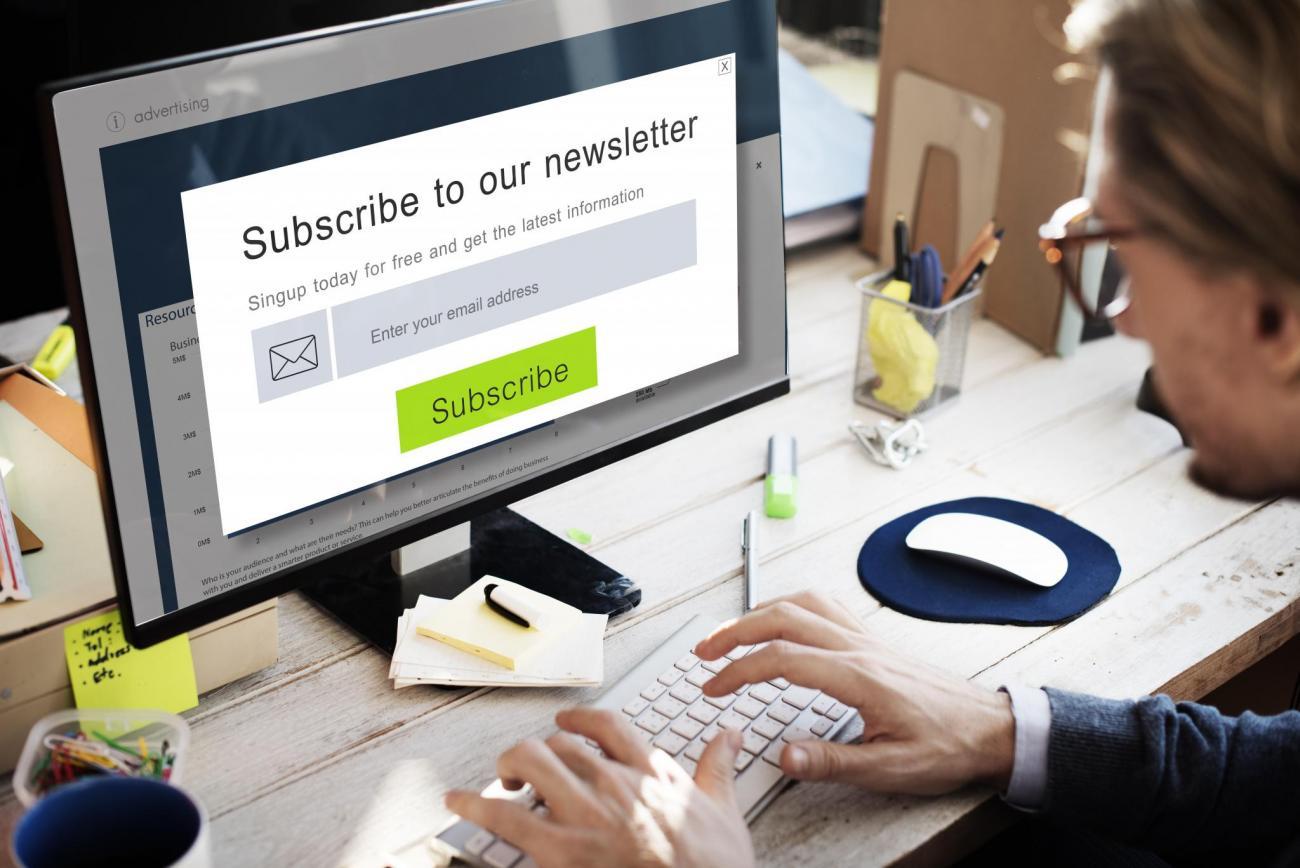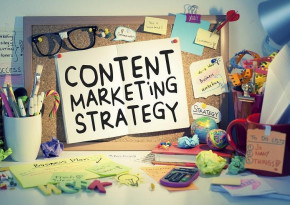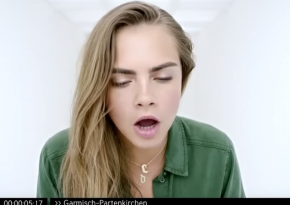Clicked: What email marketing is all about

Email marketing is an important tool for customer loyalty. For newsletters not to end up as unopened advertisement in the recipient's trash folder, the right strategy must be used: for both first-time and regular readers, the value should always be recognizable. We summarize what email marketing is all about in order to activate readers and to reach a higher number of clicks.
Do companies still need newsletters at all?
Sure, the company’s website and social networks offer opportunities to attract potential customers and bind them to one’s brand. Nevertheless, newsletters should not be underestimated as an important marketing tool. For example, new touch points can be created via newsletter subscriptions and customers can be addressed directly. And this is definitely something to take advantage of.
Well-implemented email marketing generates more traffic on the website, promotes customer loyalty and the effort-costs ratio adds up as well, due to the fact that communication can be automated to a large extent and dispatch can be planned in advance. An additional advantage: while, in the case of social media posts for example, timing is very important for content to reach the target group at the right moment, emails are usually noticed in the inbox even after a few days.
But how is it that the newsletter is opened and read in the end? Best case scenario, the reader is not only excited about the subject line, but also moves on to the website. Therefore, some important tips and basics should be taken into consideration when creating and designing newsletters.
What makes a successful newsletter?
One important rule in advance: a newsletter is not only created for advertising purposes. Although online shops also score with discount campaigns, newsletters should primarily be used to draw the reader's attention, to remain present in his memory and to tie him to the brand in the long run. The best way to do this is by providing added value or by reaching him on an emotional level. Several aspects are important for a skilful implementation:
- Personalization: a direct address is important. The reader’s name should already be mentioned in the greeting.
- Emotions: by personally addressing the reader, emotions can be conveyed more easily. If the newsletter is wrapped in a story that seems to be taken from everyday life, the reader can quickly identify with the topic. Pictures are equally important and especially natural-looking photos of people create reference points. Important: pictures are preferred for clicks in the newsletter, so link them in any case!
- Added value: the story told by a newsletter should provide the reader with added value. Why should he want to continue reading? From the beginning, it should be clear what to expect and what he would miss out on otherwise.
Of course, a newsletter can also be used for advertisement, for example for products, which ideally match the rest of the content. At the same time, the share of advertising should amount to a maximum of 20 percent. Exceptions are promotions and discount campaigns.
This is how the reader opens and clicks the newsletter
The subject line is the appetizer of a newsletter. It must spark curiosity and should at least hint what the email is about. The challenge here is that there is little space in the subject line - a maximum of 38 to 47 characters is recommended. This way, it can be fully displayed by the majority of internet providers. However, since the end might still be cut off in some cases, important information should be at the beginning of the subject line. The question is not which is the most important information for the company, but for the reader. For promotions those are, of course, the discounts; for other topics, questions and short, concise sentences are perceived well.
Examples:
- "Celebrate our 25th anniversary with a 25% discount"
- "Save 25% on our 25th anniversary"
The first subject line already clearly states what is at stake. However, taking the advantage for the reader to the front, the subject attracts even more attention.
- "5 clever tricks for the household"
- "Do you know these 5 household tricks?"
A brief, crisp question is also very appropriate as a subject, because people react strongly to questions. They want to find the answer, which leads to a higher opening rate for newsletters.
Once the reader has opened the newsletter, you obviously do not want to lose his attention right away. So, let's start directly with the most important information - best embedded in the story of the newsletters. What is it about? What awaits the reader? But not everything should be given away. After all, the customer should continue reading on the website - and why should he do so if he already gets all the answers in the newsletter?
Short, concise teasers with appealing images motivate to click. A uniform style should be maintained. Should objectivity be conveyed or can it also be sassy? The main concern is to trigger curiosity in short sentences, suspense is built up and the reader is motivated to click with a call-to-action.
How often should a newsletter be sent?
That depends entirely on the nature of the company. If the newsletter often varies between current topics, promotions and offers, there is the possibility of more frequent email marketing. It is important, though, that newsletters are sent regularly. They should not, for example, go out every week at first and then none is sent for a whole month. It is therefore important to consider from the beginning how often one has something important and interesting to say. How often does new content appear on the website and are there periodic offers? The frequency of the newsletters should depend on this.
Email marketing: putting theory into practice
Although we have summarized the editorial and marketing related basics for the creation of a newsletter, this is not enough to produce a successful newsletter. Technical know-how is a basic requirement for a well-rounded (email) communication. Because, in order to implement the individual blocks correctly and optimize them for various email providers, it is necessary to have a sound technical knowledge: is all my content displayed correctly? How big should the newsletter be? How should the newsletter be sent? Only after taking all eventualities into account, a newsletter is really worthwhile and can contribute to a successful multi-channel communication.




